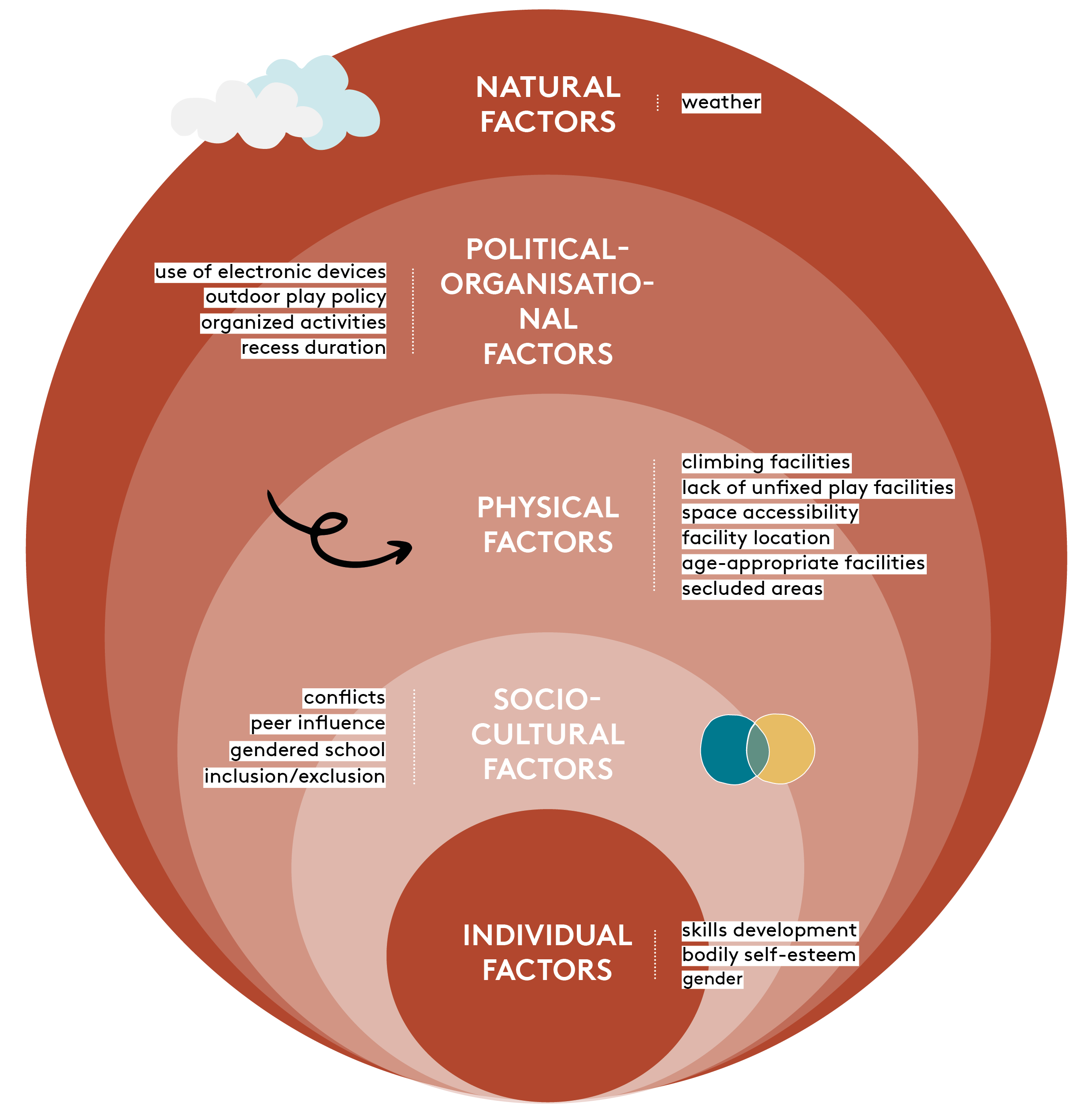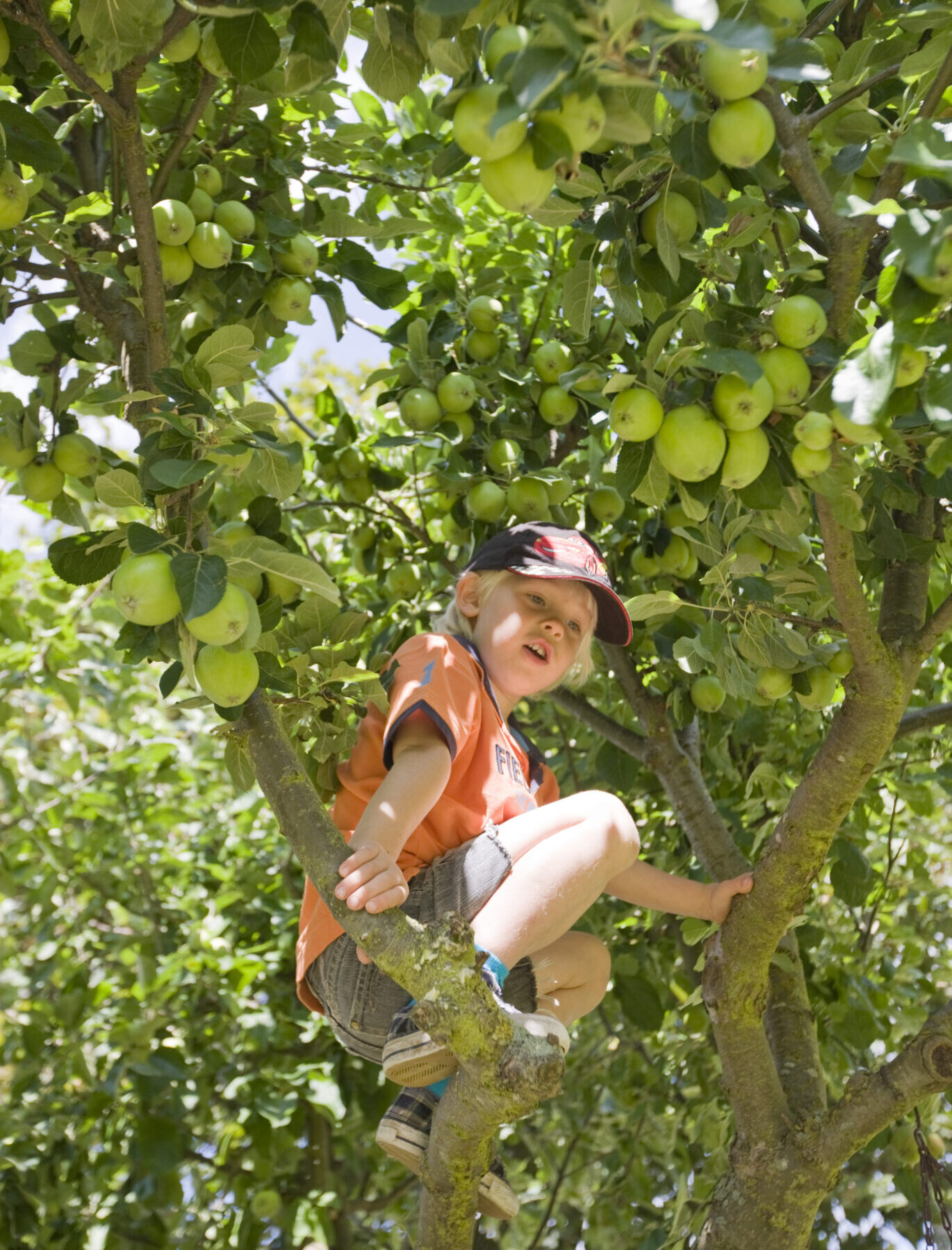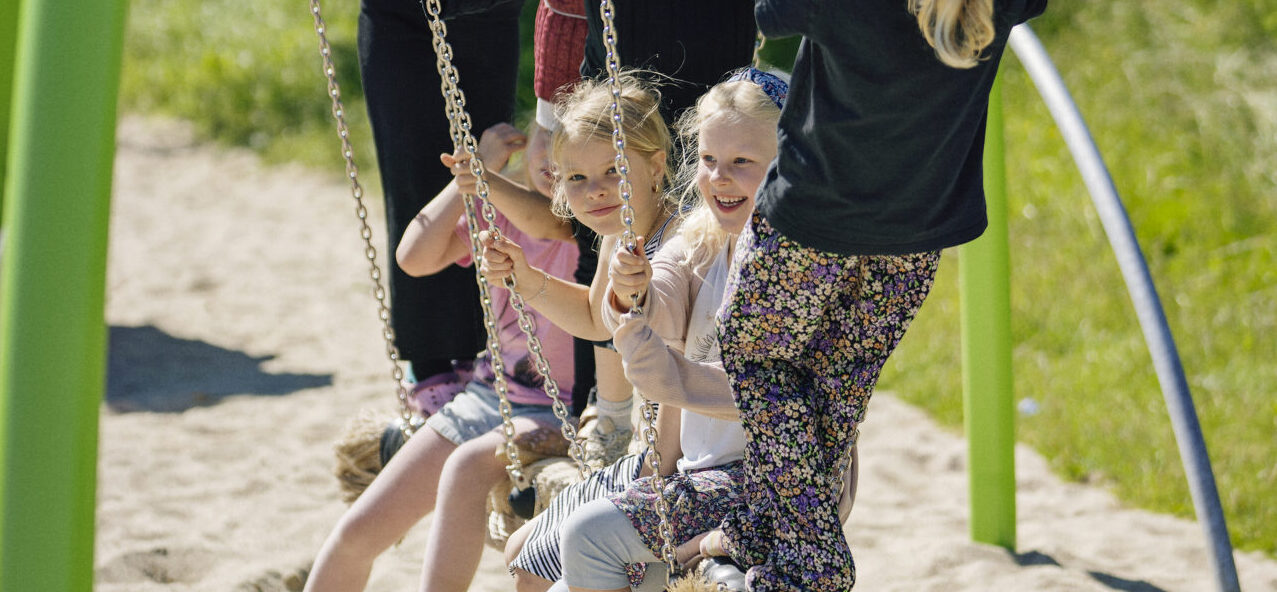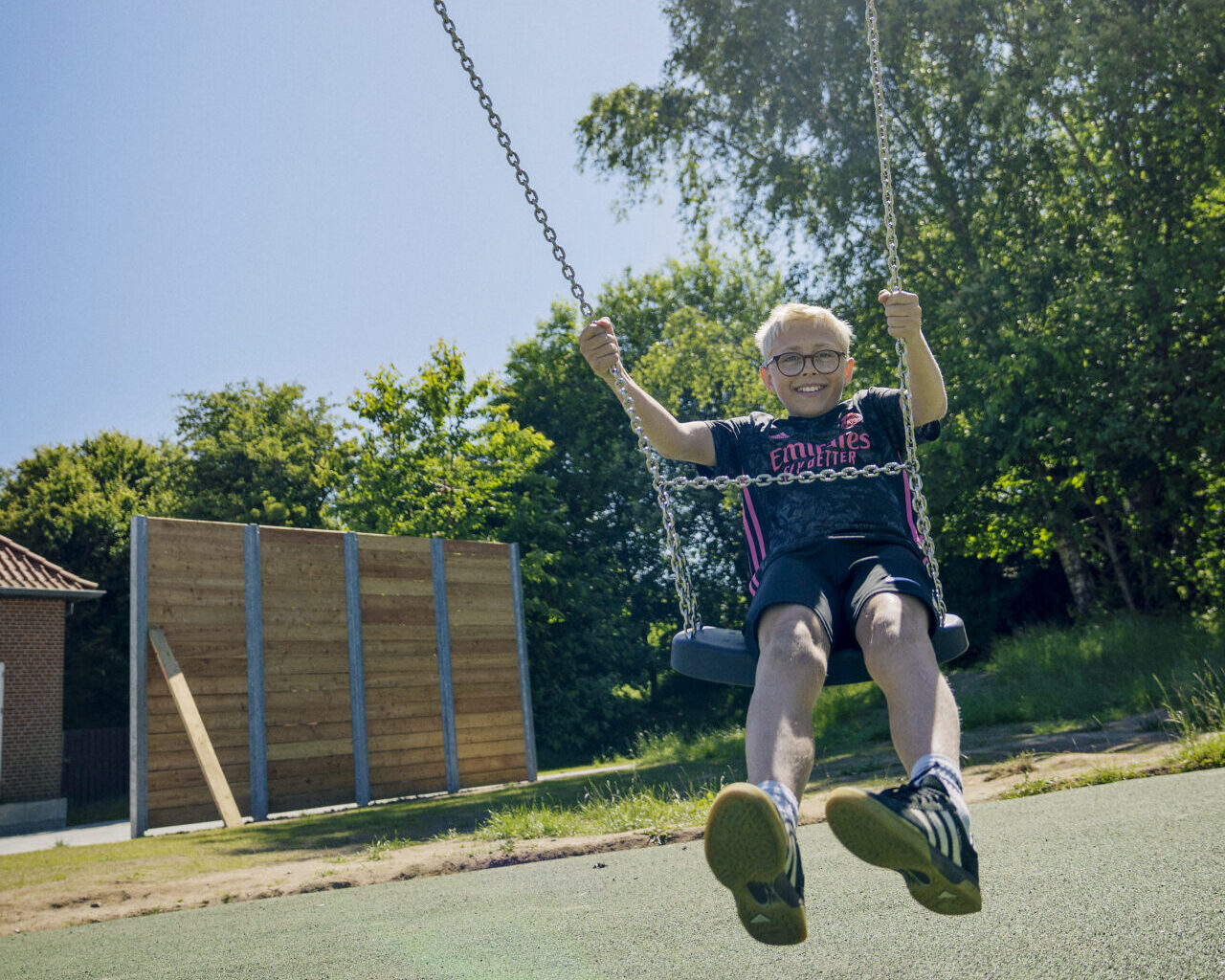
Which factors in the school playground influence tweens’ physical activity?
Introduction and aim
School recess is a crucial opportunity for children to be physically active. Nevertheless, we need to understand which factors in the school playground influence children’s physical activity.
Identifying these factors, whether they are individual, social, cultural, physical, organizational, political or environmental, can help guide future interventions for promoting active recess time.
This brief provides insights from two PhD theses conducted in 21 Danish and five New Zealand school playgrounds, involving 10-13-year-old children (tweens). The data are based on interviews, observations, accelerometer, and GPS measurements.
The insights we present in this brief, are valuable for policy and decision makers responsible for school playgrounds, as well as researchers and professionals working to design and plan school playgrounds.

Key message
18 factors were identified as influencing tween’s recess physical activity. The factors are located within five layers: natural; political-organisational; physical; socio-cultural; and individual.
The findings of various types of factors suggest implementing a combination of actions in the school playground, and if we aim to increase physical activity it is important to address factors from different layers.
All our briefs are accessible through our website, www.playgroundresearch.org.
On the website, you’ll find a compilation of briefs that offer a clear comprehension of research findings and their implications for future research and practical application.
You can also download a printable PDF version of this brief to facilitate sharing.
Literature
Downloads
Please click on the download link below to obtain a copy of each file
Main Editors

Similar Briefs
Projects
Explore our institute’s active engagement in developing playgrounds’ future through innovative research and current projects.
Briefs
We are dedicated to sharing valuable insights from research studies and reviews through concise and accessible publications.
Articles
Explore our article database for a comprehensive array of global research and insights, offering diverse perspectives and knowledge.
News
Stay up-to-date and engaged through the latest news, project updates, events, and activities specific to playground research.


